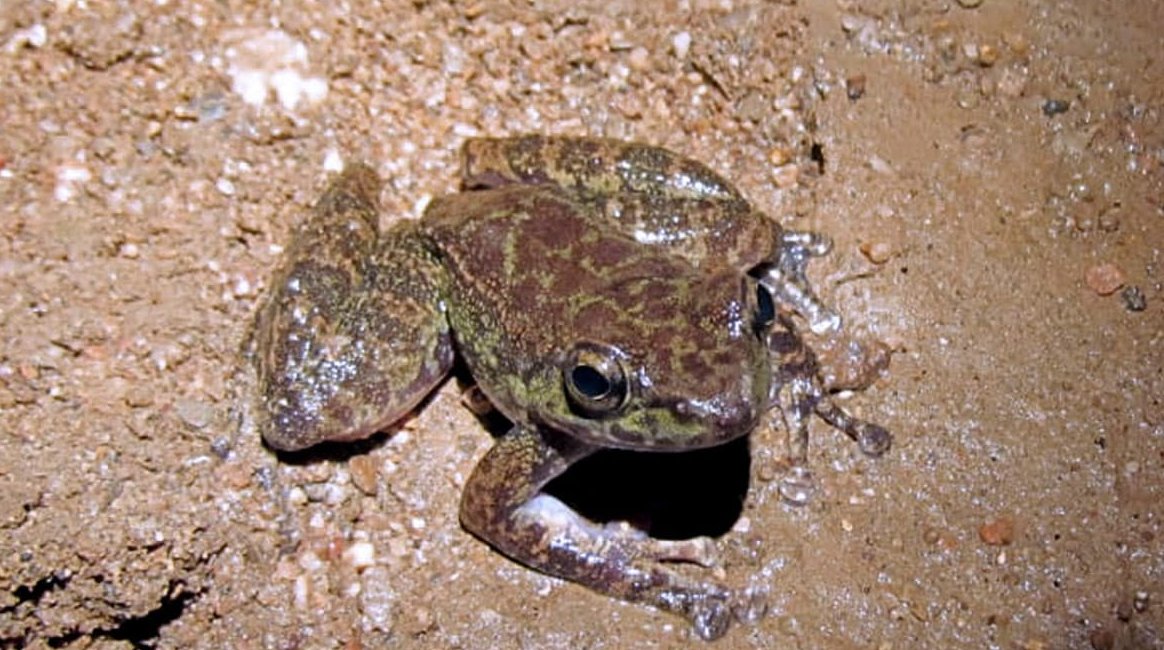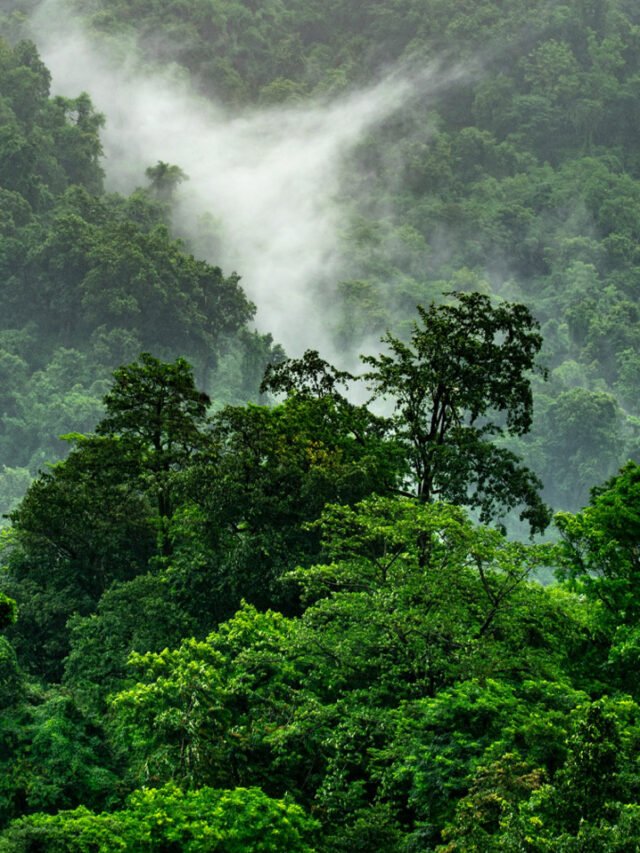HT Correspondent
AGARTALA, June 14: In a major breakthrough for ecological science in Northeast India, two new species of earthworms—Kanchuria tripuraensis and Kanchuria priyasankari—have been formally identified in Tripura.
The discovery stems from a collaborative research initiative involving scientists from Tripura and Kerala, led by Dr Animesh Dey, Assistant Professor at the Ecology and Biodiversity Laboratory, Department of Zoology, Tripura University.
Dr Dey said that the original specimens were collected between 2004 and 2010 during his PhD research with Dr Sabyasachi Nath under the mentorship of renowned earthworm taxonomist Prof. Priyasankar Chaudhuri (Retd.). A new team of young researchers recently managed to recollect the specimens, leading to their official classification.
The first species, Kanchuria tripuraensis, has been named after the state of Tripura, where it was discovered in rubber and pineapple plantations. The second, Kanchuria priyasankari, pays tribute to Prof Priyasankar Chaudhuri for his pioneering contributions to earthworm taxonomy over the past four decades, which have brought national and international recognition to Tripura’s biodiversity.
According to the research findings, K. tripuraensis is distinct within the genus Kanchuria for its single ventromedian spermathecae located in segments 7 and 8. K. priyasankari falls under the turaensis species group, noted for having three pairs of spermathecal pores, and differs from its close relative K. turaensis in its smaller body size and specific reproductive features.
With these additions, the genus Kanchuria, endemic to Northeast India, now comprises 10 species. This discovery raises the total number of documented megadrile earthworm species in Tripura to 38, underscoring the Eastern Himalaya-Northeastern Hills as the second most earthworm-diverse region in India.












